The Cars of Briggs Cunningham were a featured class at the 2015 Pebble Beach Concours d’Elegance, held August 16th at the Pebble Beach Golf Links in California. This spectacular assemblage of Cunningham cars included competition cars and the Vignale-built sports cars.
An American entrepreneur, sportsman, race car constructor, driver and team owner, Cunningham also happened to be quite the collector, when he wasn’t busy manufacturing his own automobiles, of course. Following his passing in 2003, many of the fabulous cars of his collection would find their way into the Collier Collection now housed at the Revs Institute.The Revs Institute, Simeone Automotive Foundation and private collectors contributed to the fantastic group of cars displayed on the lawn at Pebble Beach this year to commemorate the life and career of Briggs Cunningham.
“The cars of Briggs Cunningham deserve a special place in the history of American motoring,” said Miles Collier, president of The Revs Institute. “His legacy in the American Le Mans effort stands the test of time, especially as he insisted that the effort be 100% red, white and blue.”
The Revs Institute brought the 1951 C-1, the first product of the B.S. Cunningham Company of West Palm Beach, Florida. The C-1 also served as the prototype for Cunningham’s C-2R race car.
T.G. Mittler contributed to the display with the 1951 Cunningham C-2 Roadster, which was Brigg’s first serious assault on an outright win in the Le Mans 24 hour race. Turning 154 mph speeds on the Mulsanne straight, these cars were a force to be reckoned. Sadly, two of the three examples entered in the 1951 event were wrecked, with the final car finishing 18th position after mechanical issues.
The 1952 Cunningham C-3 Competition Coupe Prototype from Peter Hosmer is an example with a remarkable story. Known as the sixth car Cunningham produced, this one-off C-3 Competition Coupe Prototype was built utilizing a C-2 frame and C-2R bodywork with a fixed hard top. This example was originally delivered to Carl Kiekhaefer of Mercury Marine fame and it’s the last of the C-3 chassis not bodied by the Italian coachbuilder, Vignale.
For the 1953 24 Hours of Le Mans, the rules required entrants build 50 cars to establish themselves as a manufacturer. Coachbuilder Vignale was hired to construct these examples, and although short of the necessary 50 cars, 25 Vignale-bodied emerged from Cunningham, also powered by Chrysler Hemi V8s. Michael Hammer’s 1952 Cunningham C-3 Vignale Coupe was the only the third C-3 Vignale built, and the only example raced by the Cunningham team, where it was driven by Phil Stiles at the 6-Hour Collier Memorial Handicap.
The Simeone Automotive Foundation brought the 1952 C-4R Competition Roadster to the 2015 Pebble Beach Concours. This C4-R was the tool of choice on what is credited as one of the most successful attempts at a Le Mans 24 Hour overall win for Cunningham. Chassis 5217 raced at La Sarthe not once, but twice, eventually earning a class win in 1954 and a third place overall finish with Briggs behind the wheel. Interestingly, of the two C-4Rs in existence, the other in the Collier Collection, each car has the other one’s original engine – something that likely happened during routine engine rebuilds.
The 1953 Cunningham C-3 Vignale Convertible of Dennis Nicotra is the very last example of the 25 C-3s constructed by Vignale. The 2015 event marked the second occasion chassis 5441 has visited the Pebble Beach Concours d’Elegance. Only a short time after taking delivery of this C-3 Vignale Convertible, the car’s first owner, Irving Robbins, would display the car on the on the lawn. A particularly striking example, this C-3 would eventually be featured in Road & Track magazine, and later owned Brigg’s daughter, Lucie Cunningham McKinney, until her recent passing.
“The Smiling Shark” as the Revs Institute’s 1953 Cunningham C-5R was affectionately known, made quite a splash at the Le Mans 24 Hour event in 1953. A pre-race favorite against the Jaguar C-Type, the C5-R was the most powerful Cunningham to date, and came equipped with the largest drum brakes ever fitted to a race car (17″ diameter) to compete with Jaguar’s innovative new Dunlop disc brakes. Unfortunately, Cunningham’s calculated average speed wasn’t enough for the Jaguar, and despite being down only 1 mph from the winning C-Type’s speed average, it placed this C5-R four laps behind the winner.
James Taylor brought his 1954 Cunningham C-3 Vignale Coupe once owned by Briggs Cunningham’s grandson, Robert B. Cunningham. Chassis 5441 was returned from Vignale to the Cunningham plant on December 1952, and this appearance on the lawn at Pebble Beach marks the first time its been publicly displayed.
Acting as a book-end to The Revs Insitute’s remarkable Cunningham race car collection, this 1955 Cunningham C-6R represents Briggs Cunningham’s last valiant attempt at the overall victory at the 24 Hours of Le Mans. After four years of trying to beat the Europeans at Le Mans with the big Chrysler Hemi V8, Briggs Cunningham made the move to another famous American powerplant, the 3.0-liter, twin-cam, 16-valve Meyer-Drake Offenhauser four-cylinder. Unlike the engine’s Indianapolis roots, it would have to burn gasoline instead of methanol. This would prove fatal, as the cooling properties were sacrificed, which would ultimately lead to a burned piston that retired the C6-R.
“…with one fragile dynamometer, a crew of 40 men, the back roads of Florida for a test track and considerable quantities of his own money, Briggs Cunningham proved that America could be a contender in international sports car racing,” friend and team driver, John Fitch said.
Cunningham’s career extended far beyond his own automobiles, and the 2015 Pebble Beach Concours d’Elegance offered a sampling of cars originally campaigned by Briggs Cunningham. Not the least of which was Jeff Lotman’s 1959 Lister Costin Roadster. One of three Costin-bodied Jaguar powered Listers, this example was ordered by Cunningham for the 1959 season, where it would eventually go on to compete in the inaugural 12 Hours of Sebring piloted by none other than Stirling Moss and Ivor Bueb. Chassis BHL123 would eventually dominate the SCCA C-Modified National Championship in 1959 at the hands of Walt Hansgen and would be piloted by Cunningham before its retirement.
The 1961 Fiat Abarth 1000 Bialbero GT Coupe of Jeff and David Brynan was the other ex-Cunningham car on the lawn. Don’t let its diminutive size fool you, as this Fiat 600-based fire breather was entered by Cunningham in the 1962 running of the Sebring 3-Hour Race where it would steal a class victory with Bruce McLaren at the helm and teammate Walt Hansgen just behind.
[Source: Revs Institute, Pebble Beach Concours; photos: Revs Institute (period), Tim Scott, Sports Car Digest]


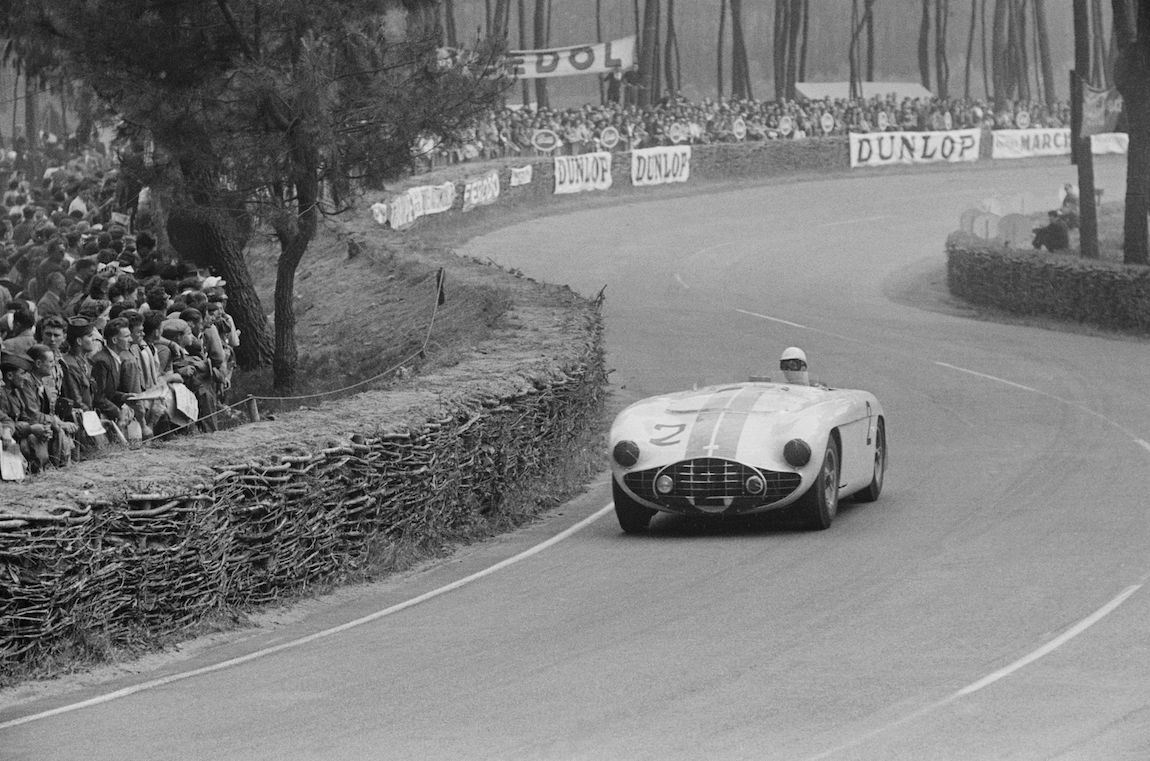

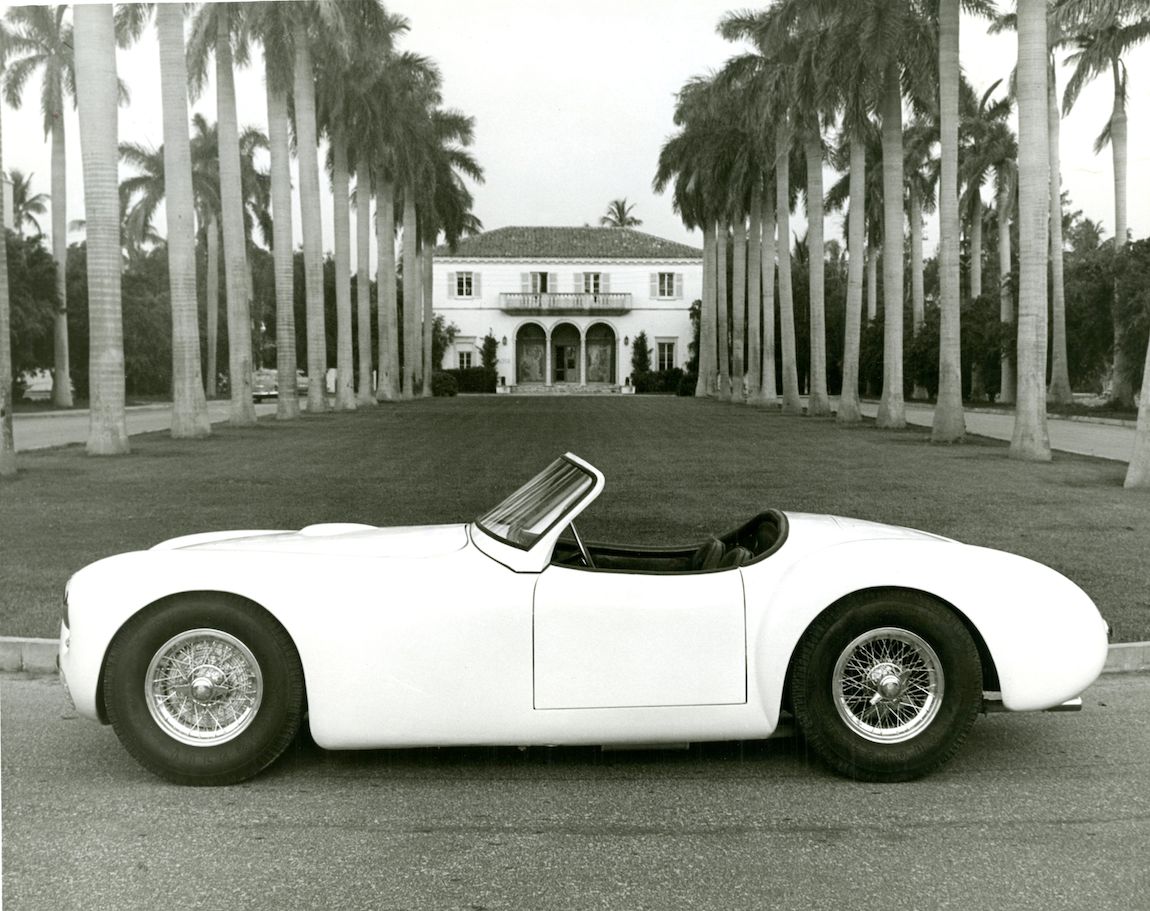
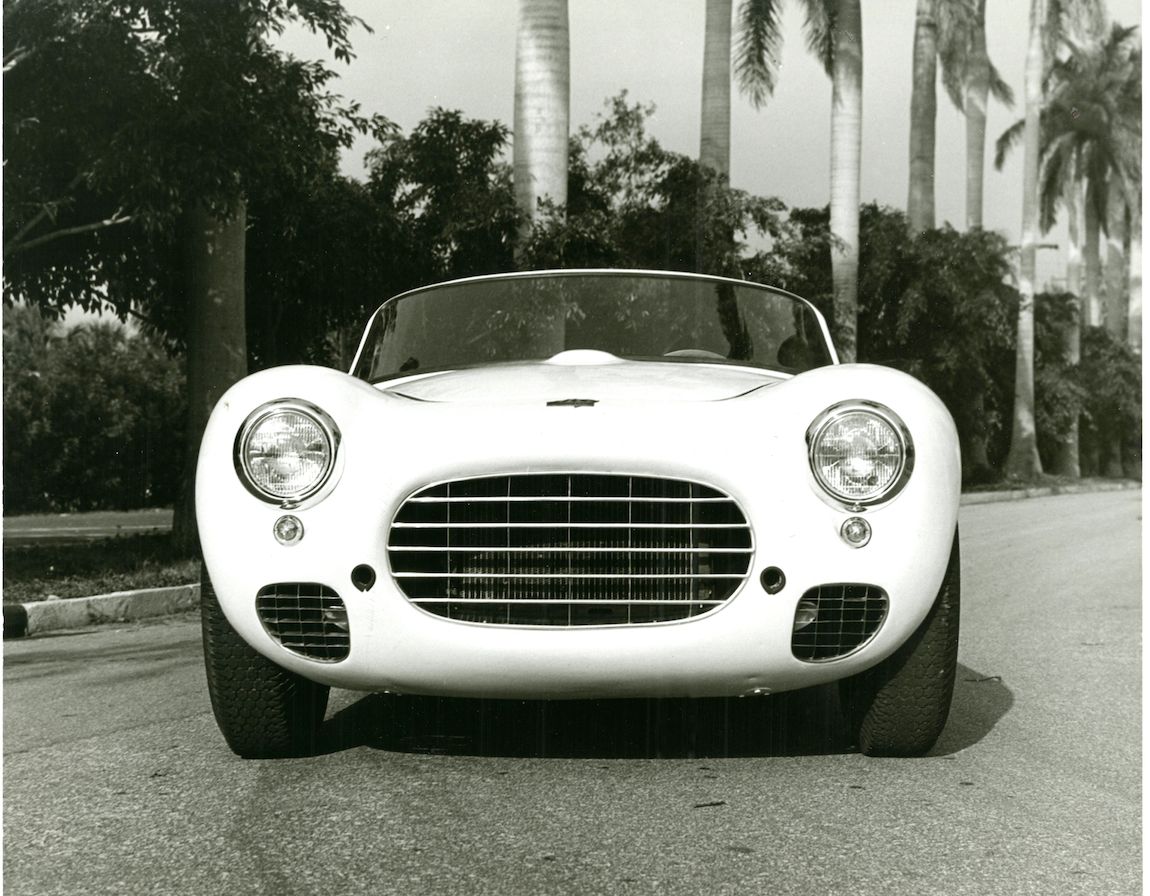
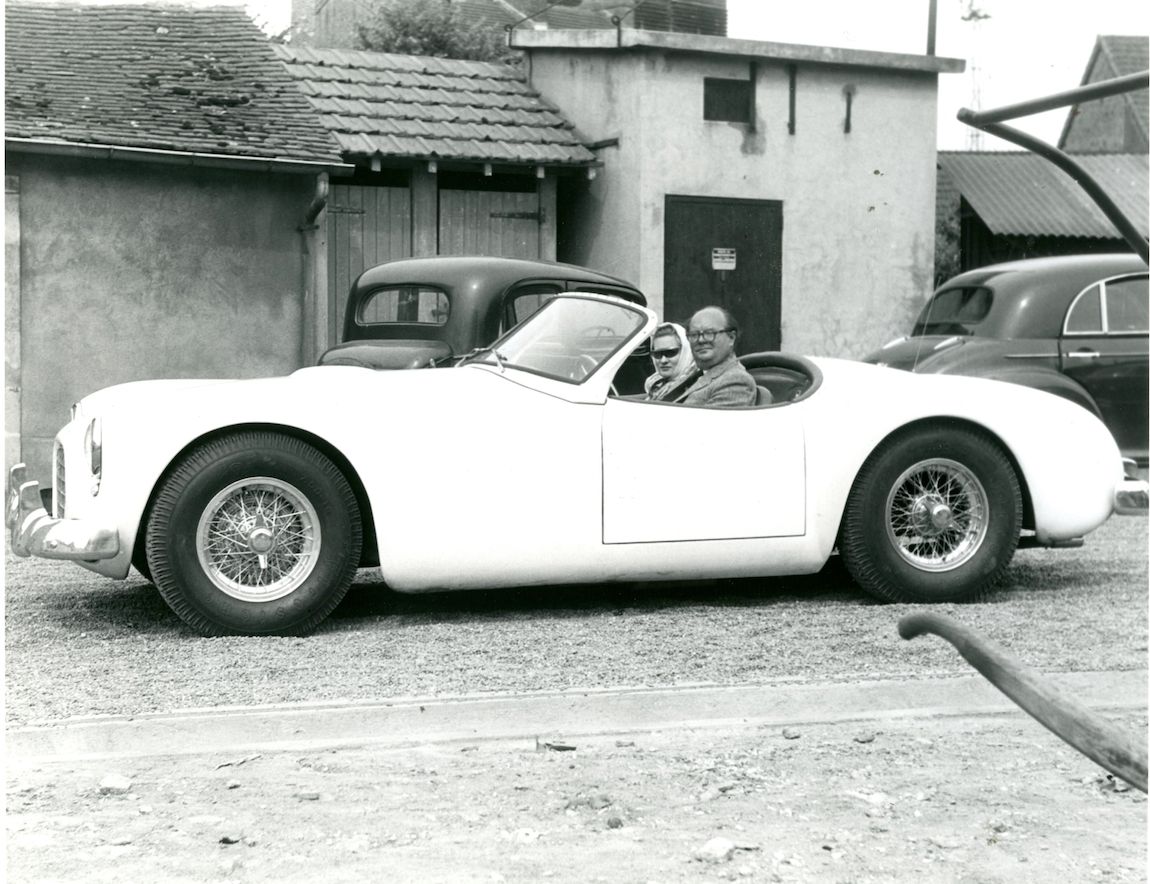
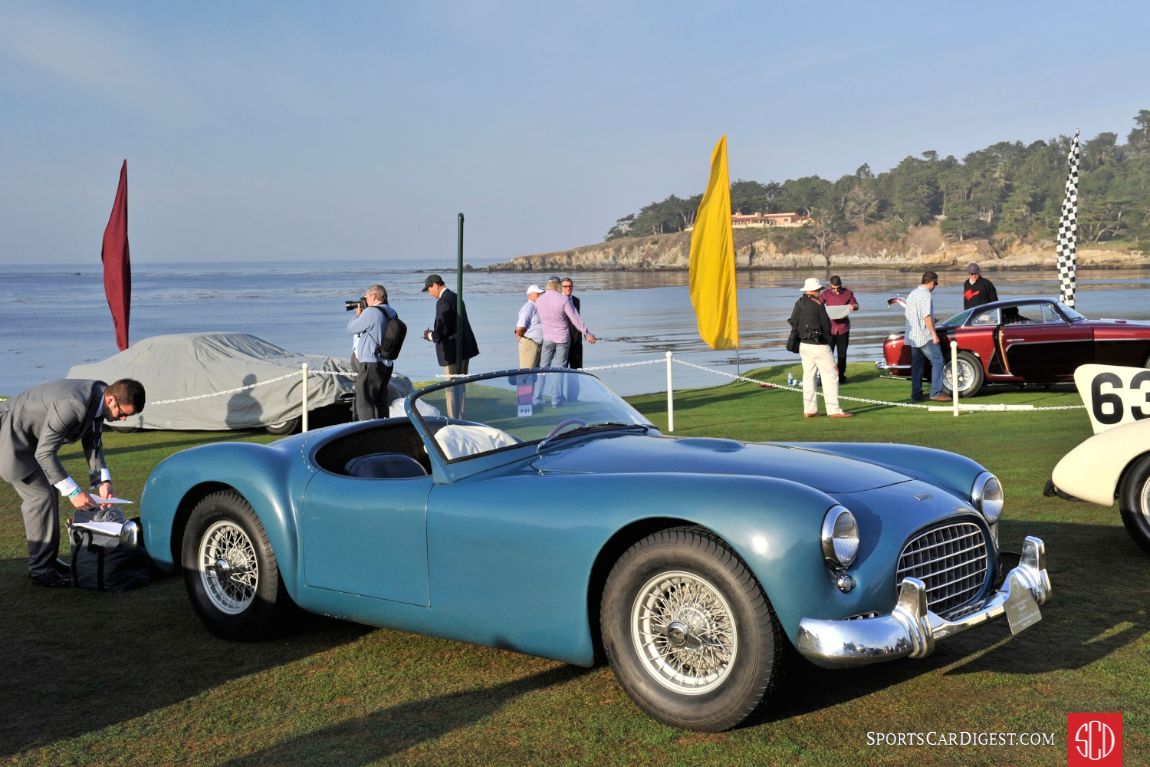
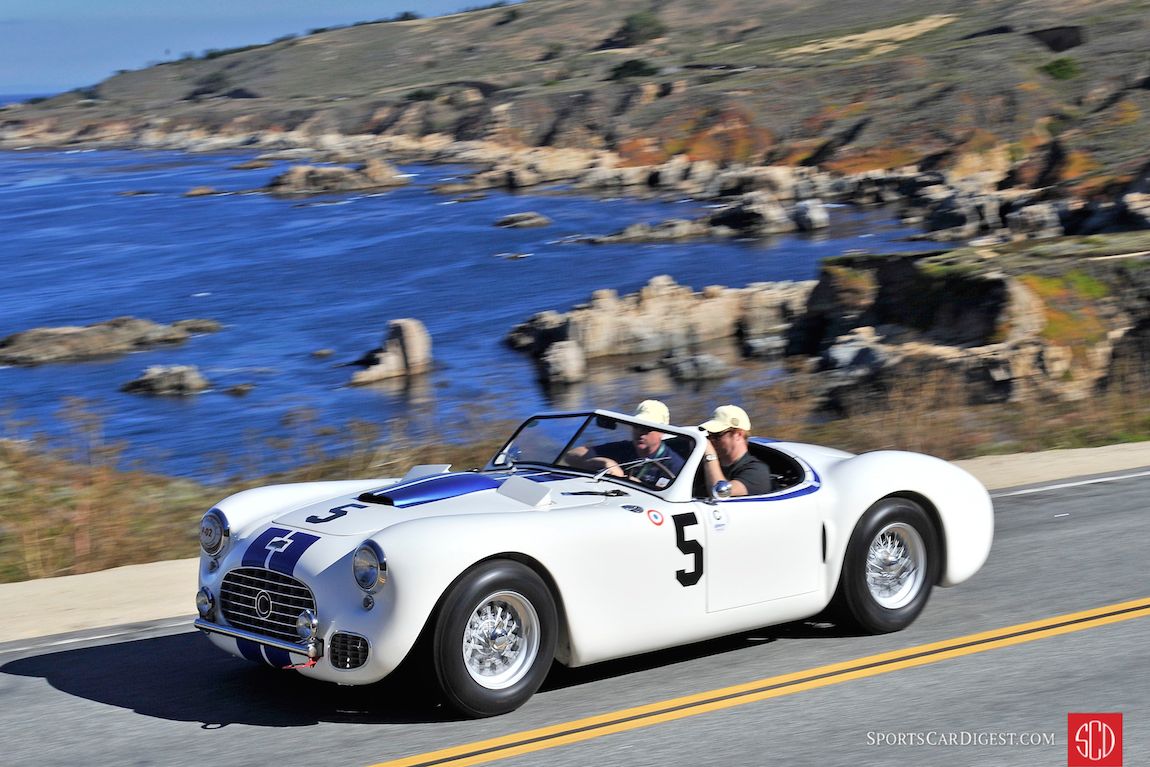
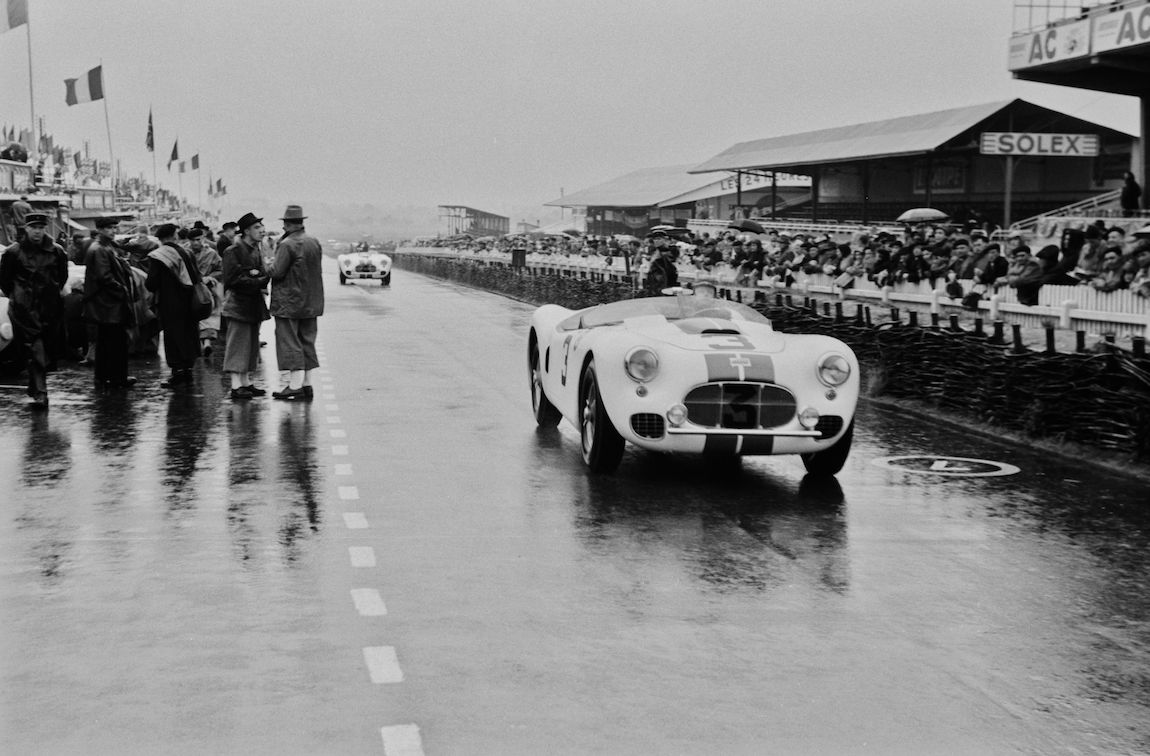
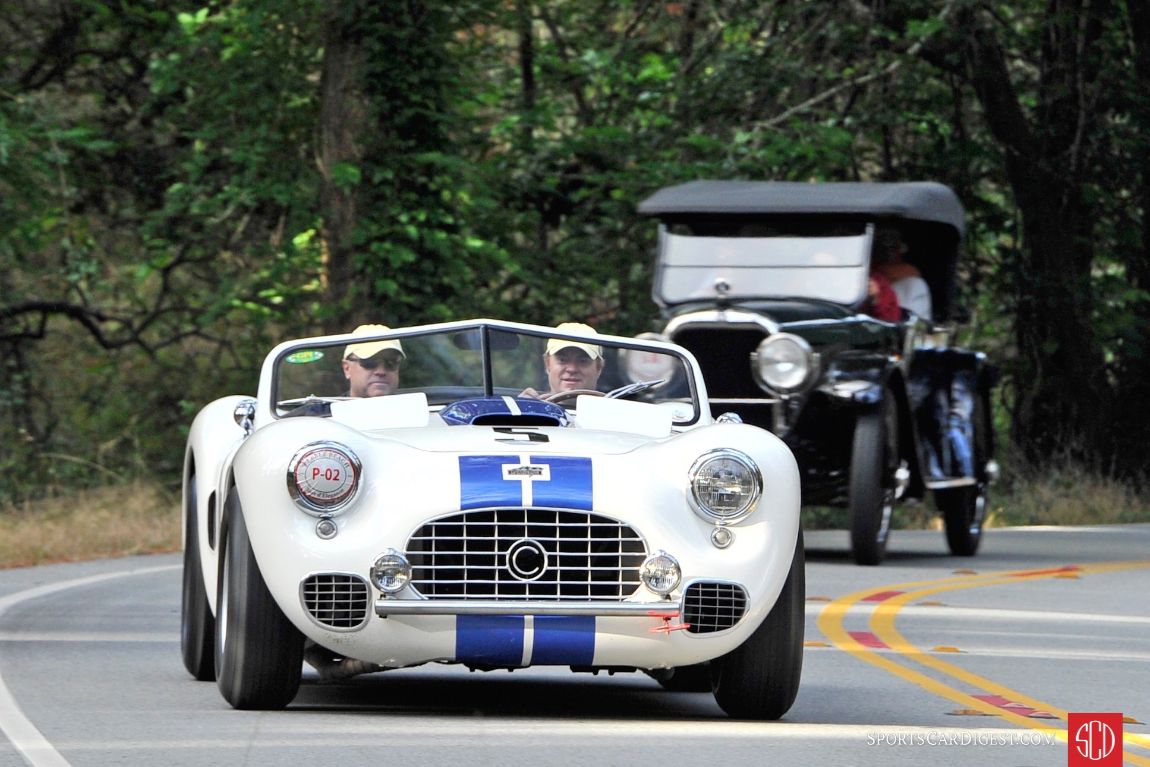
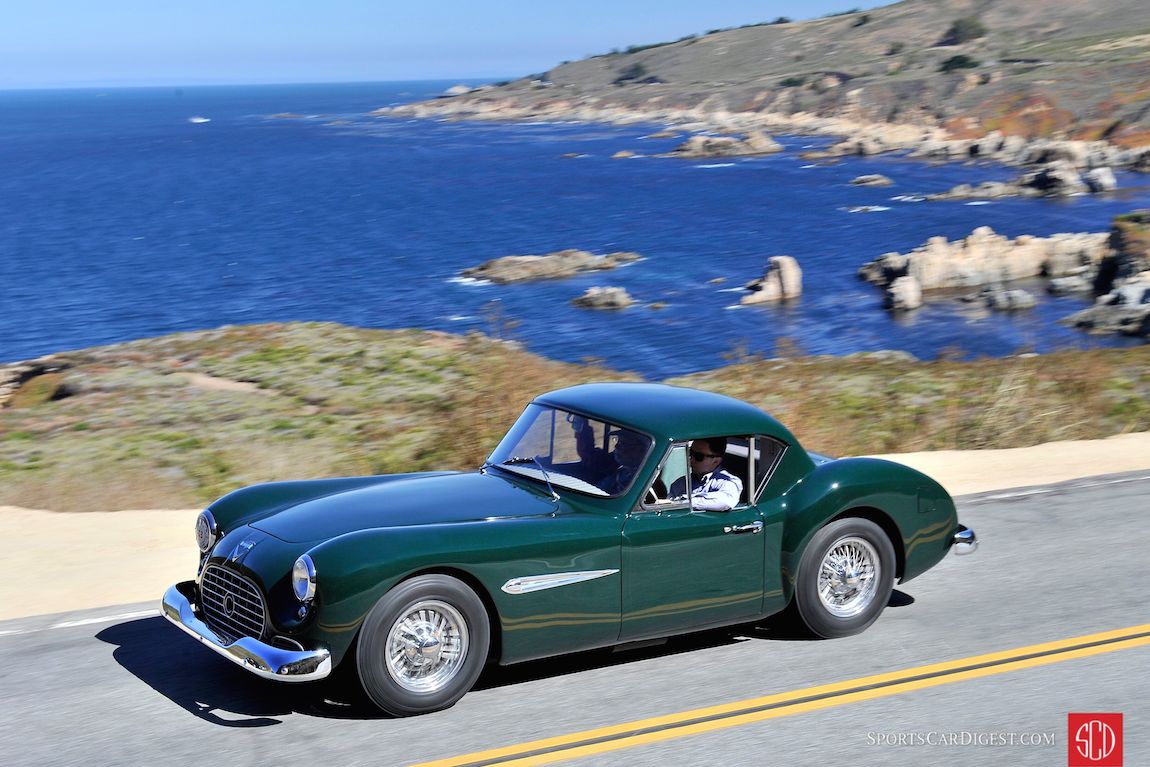
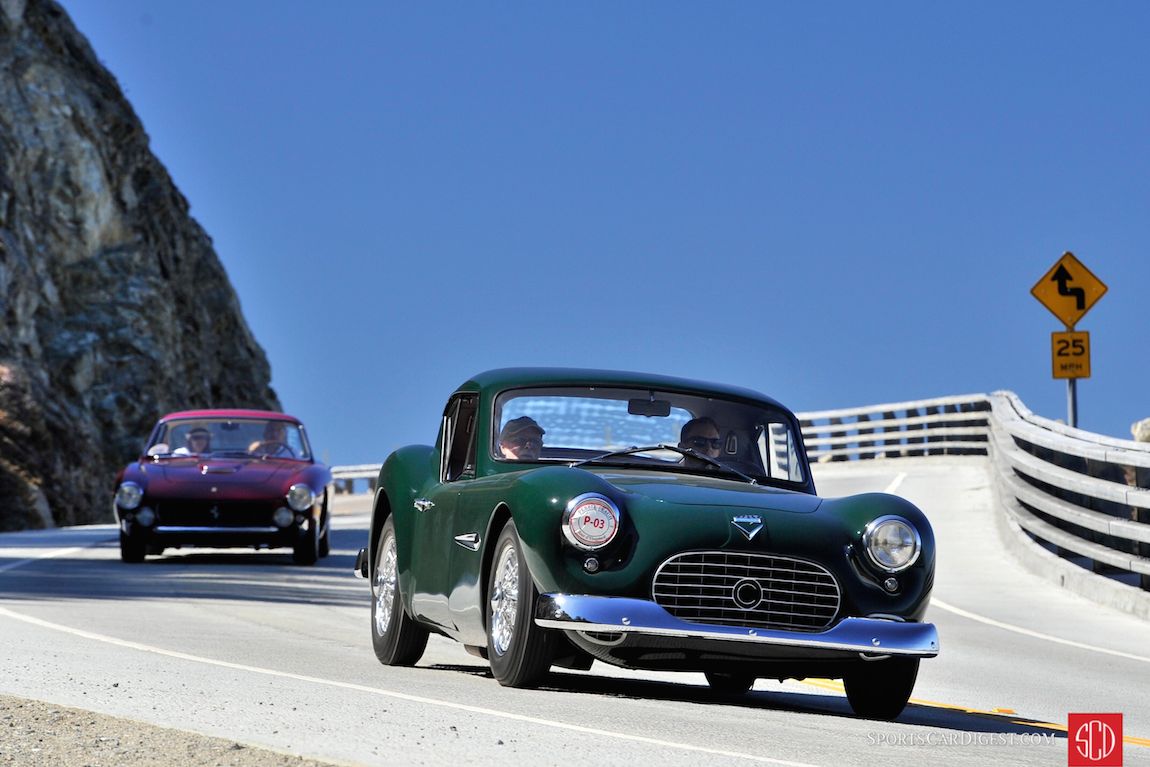
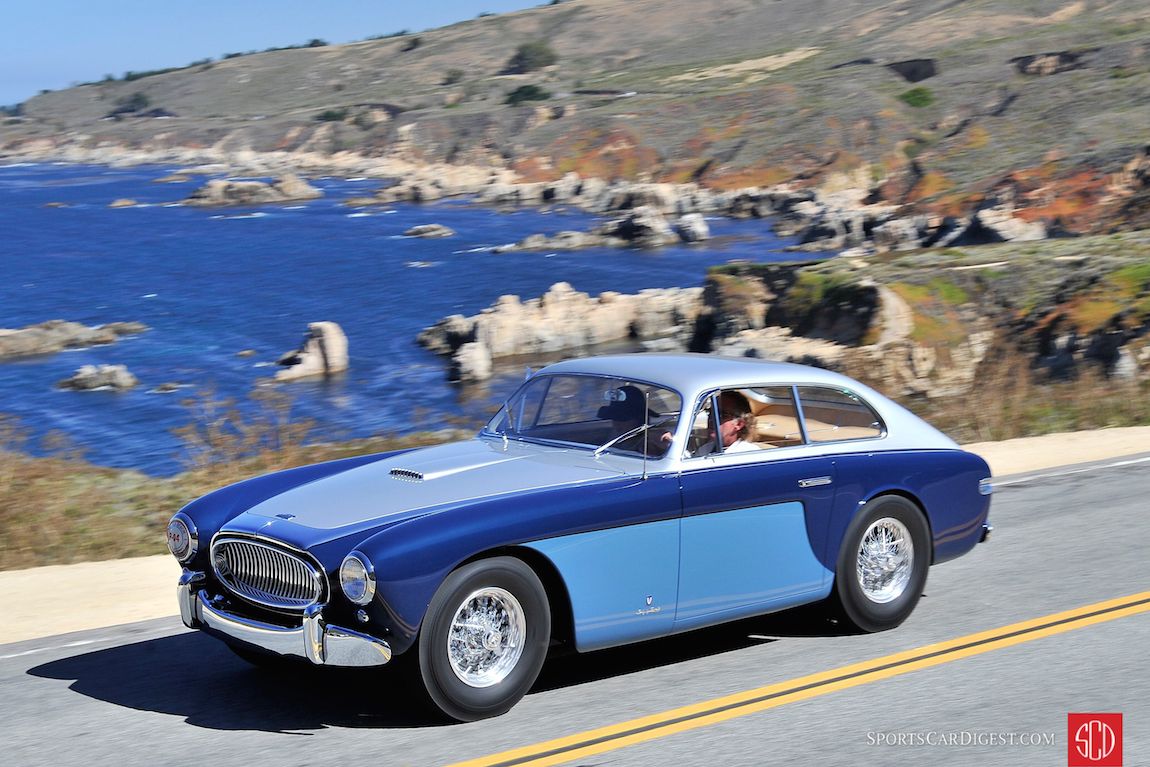
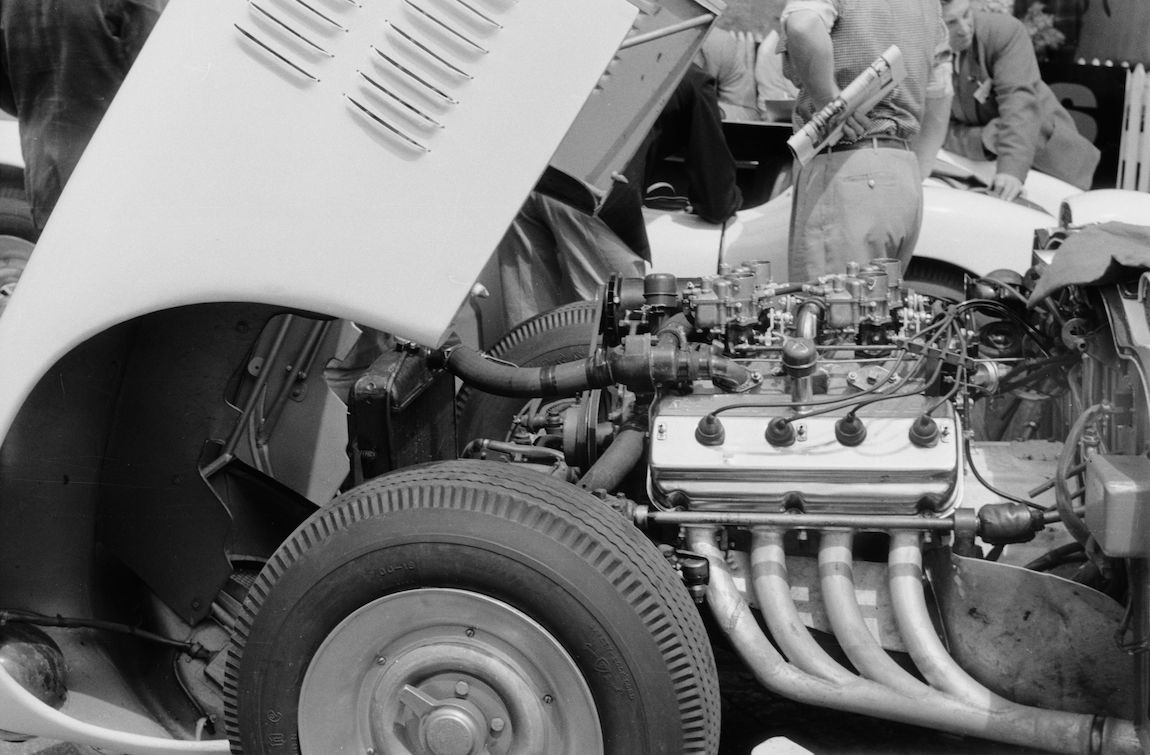
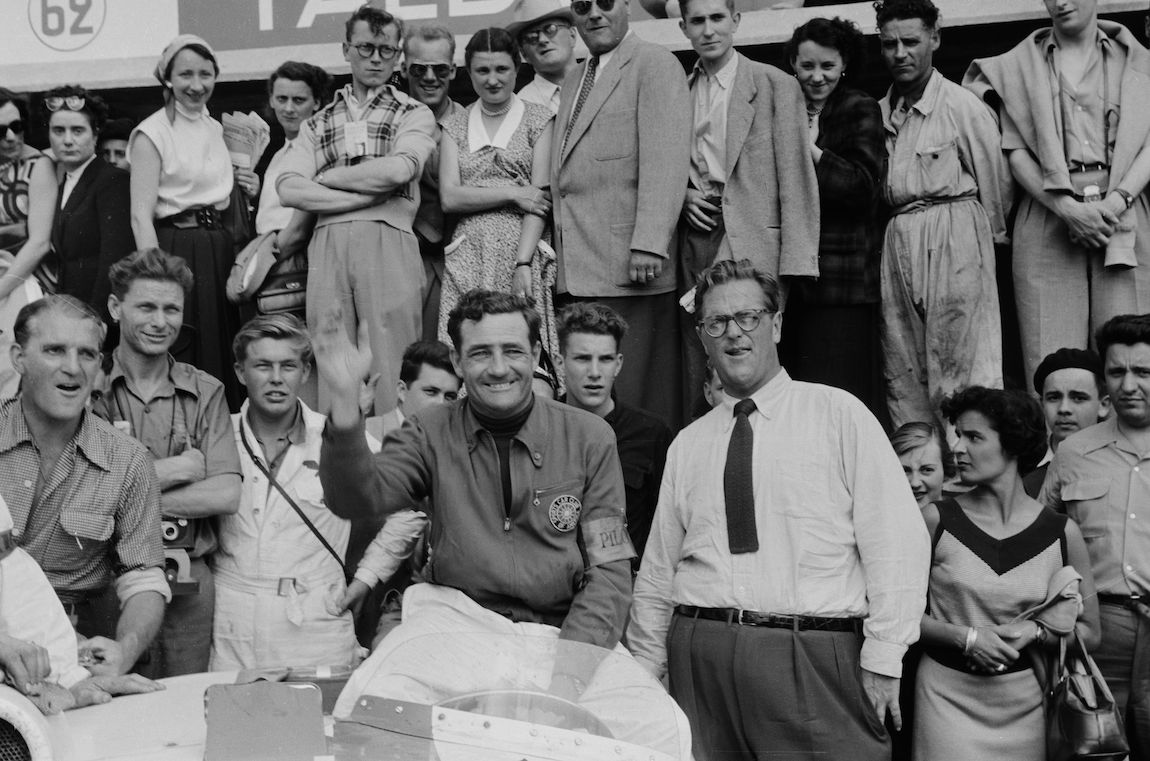
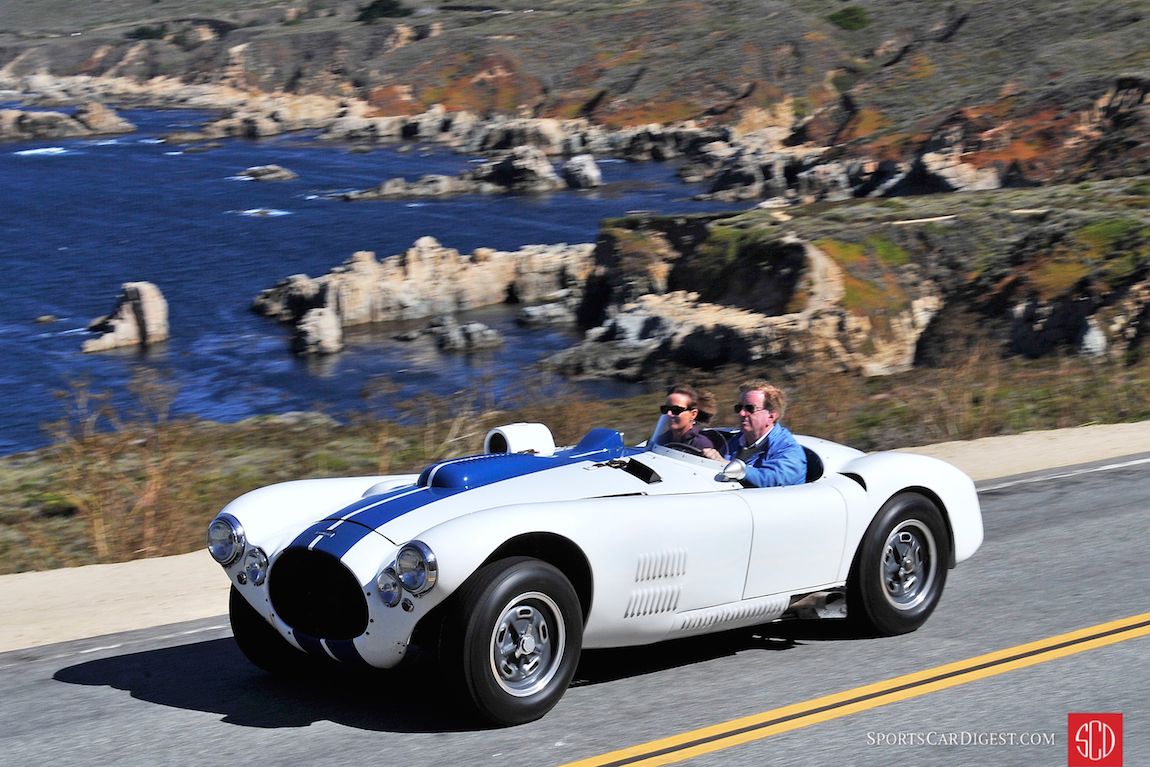
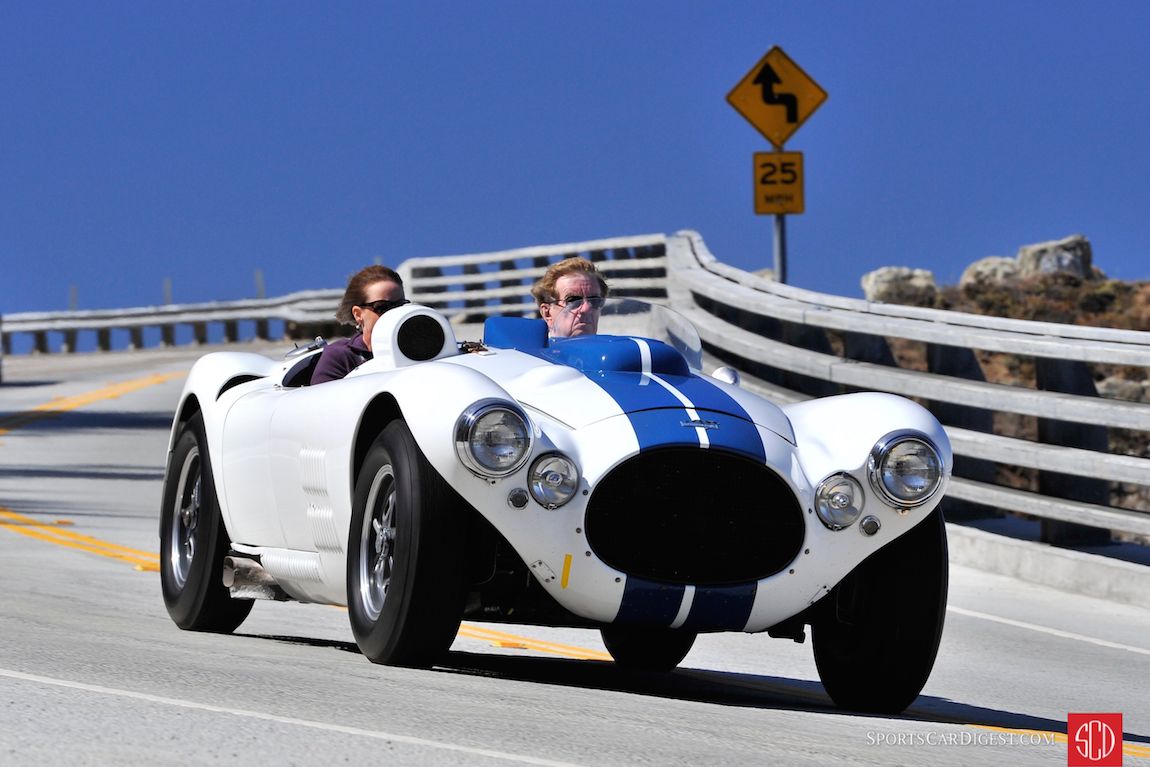
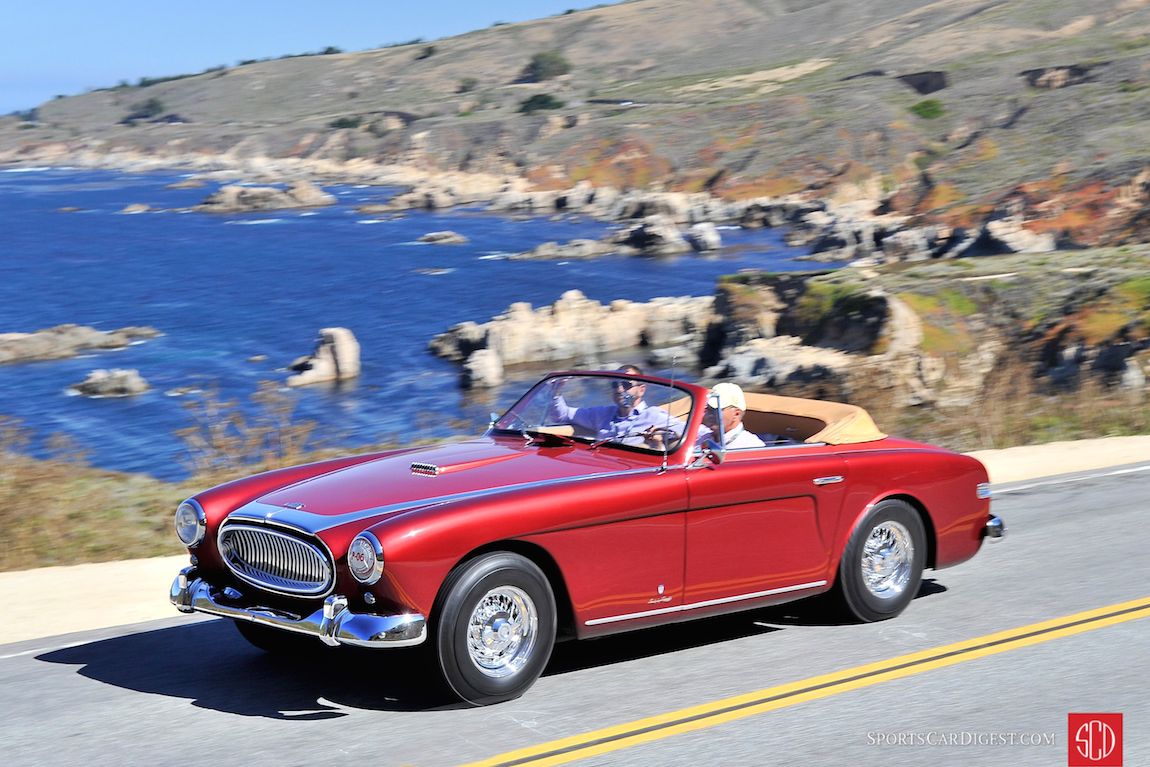
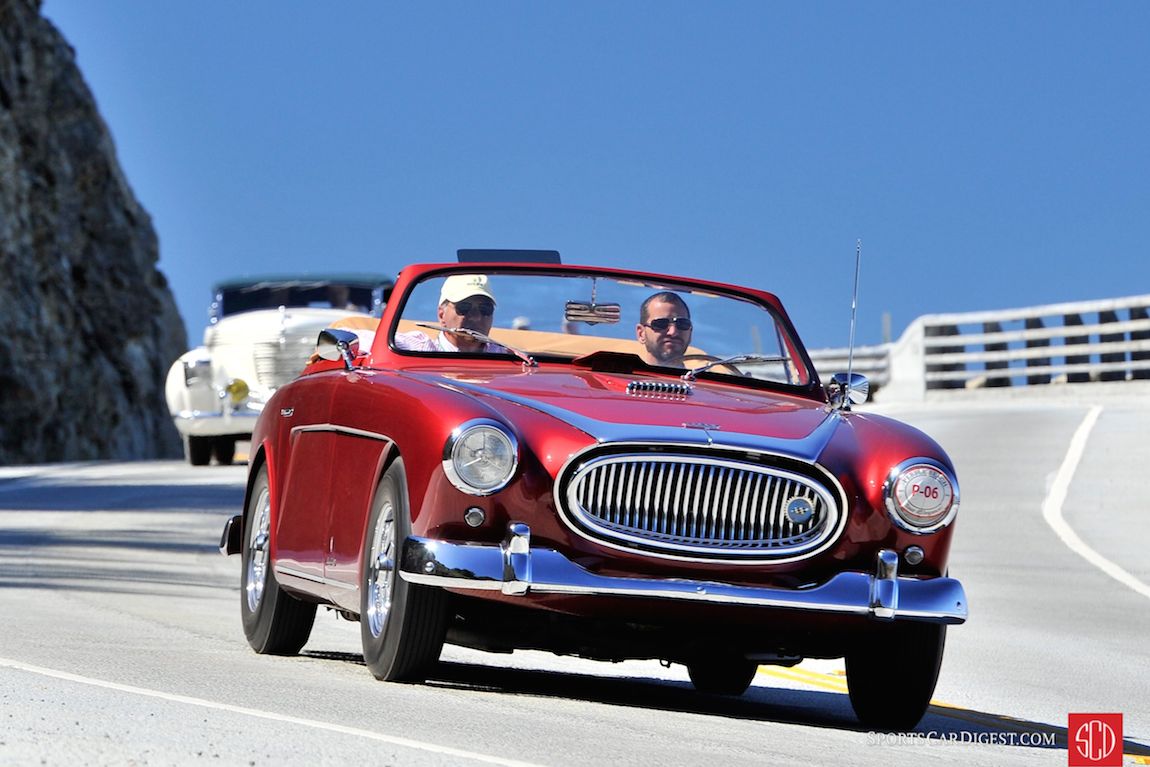
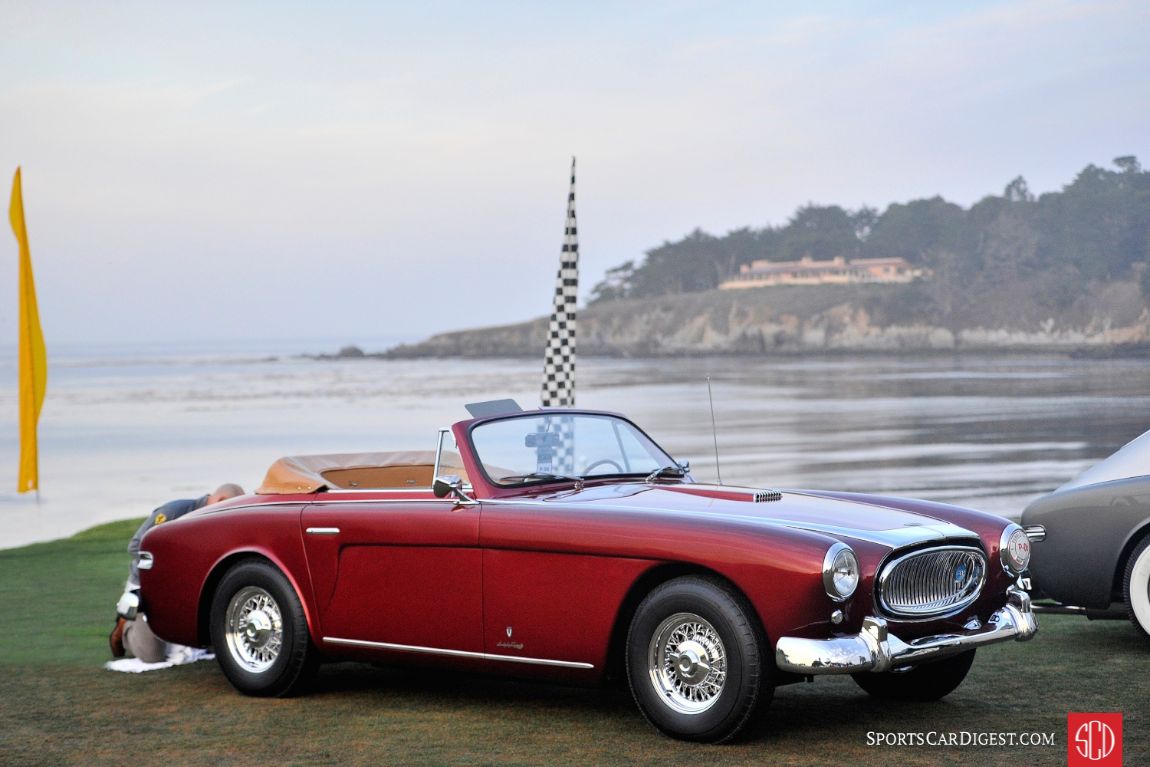

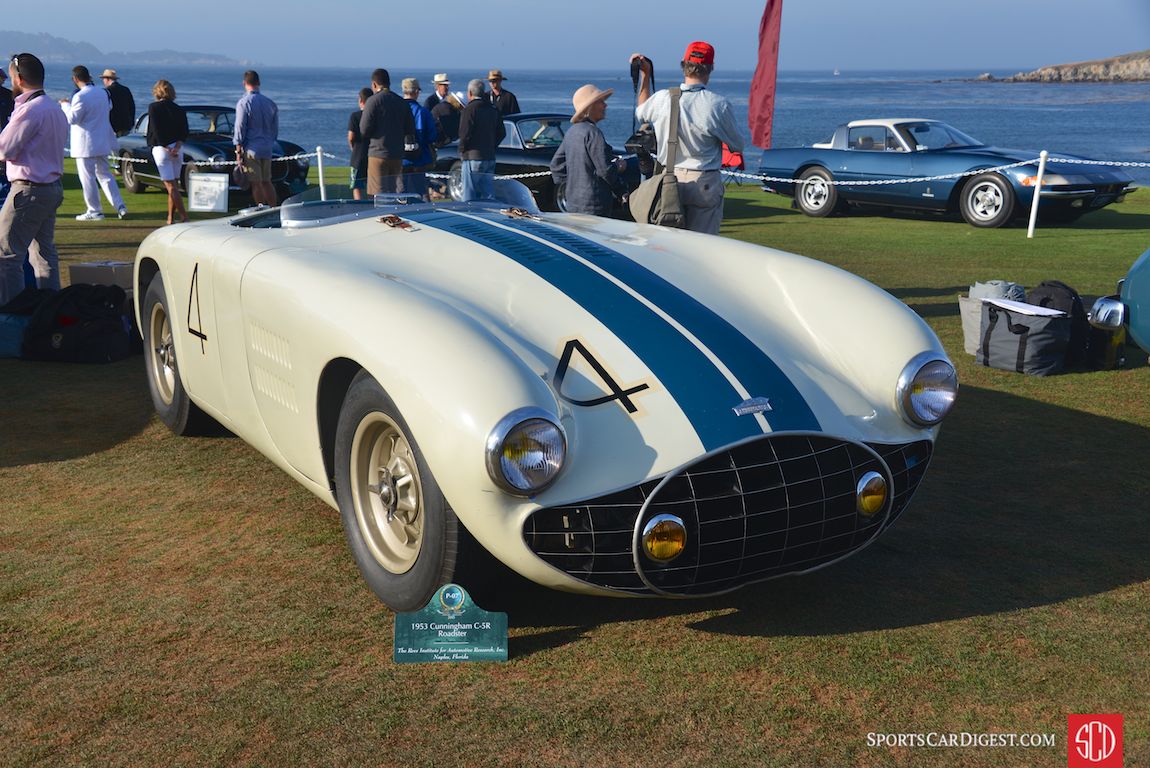
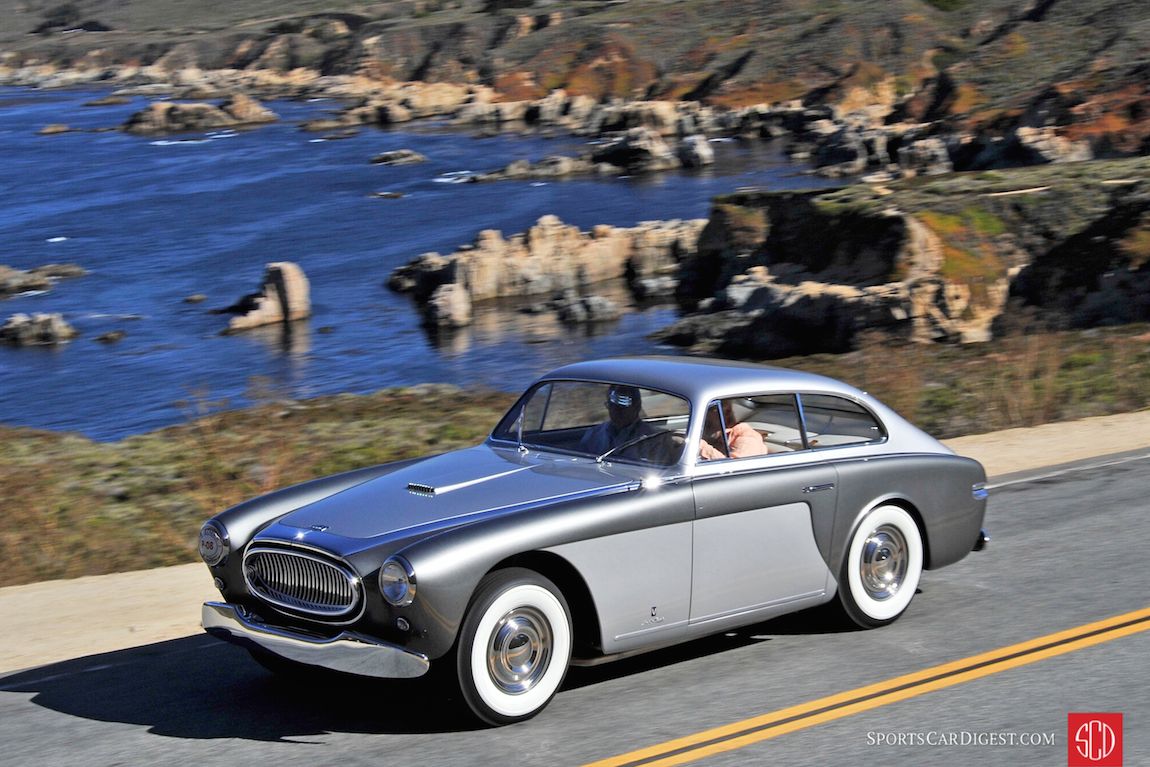
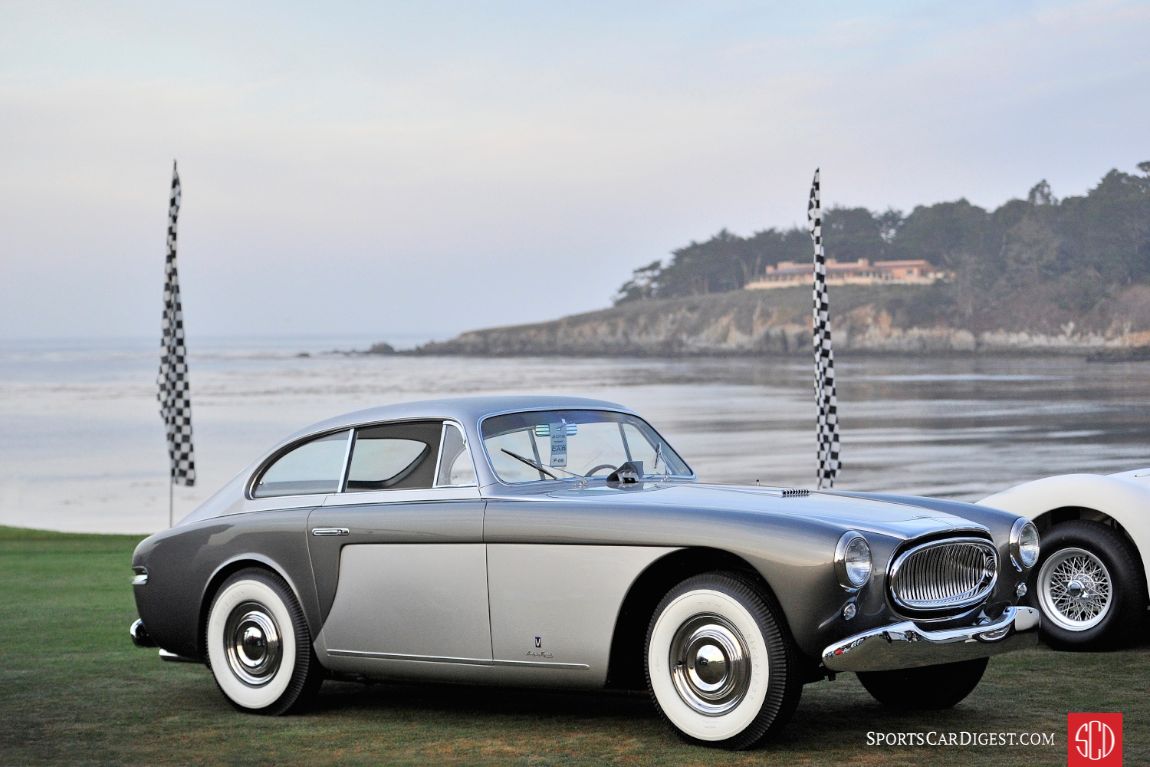
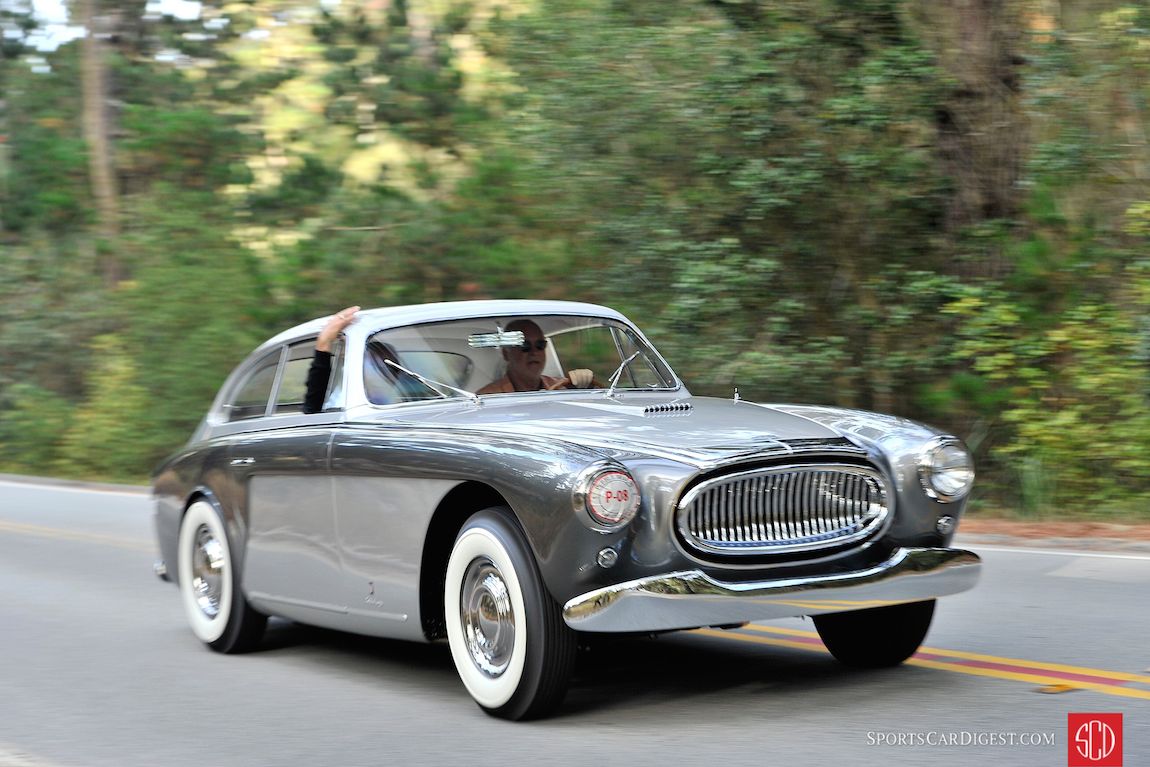
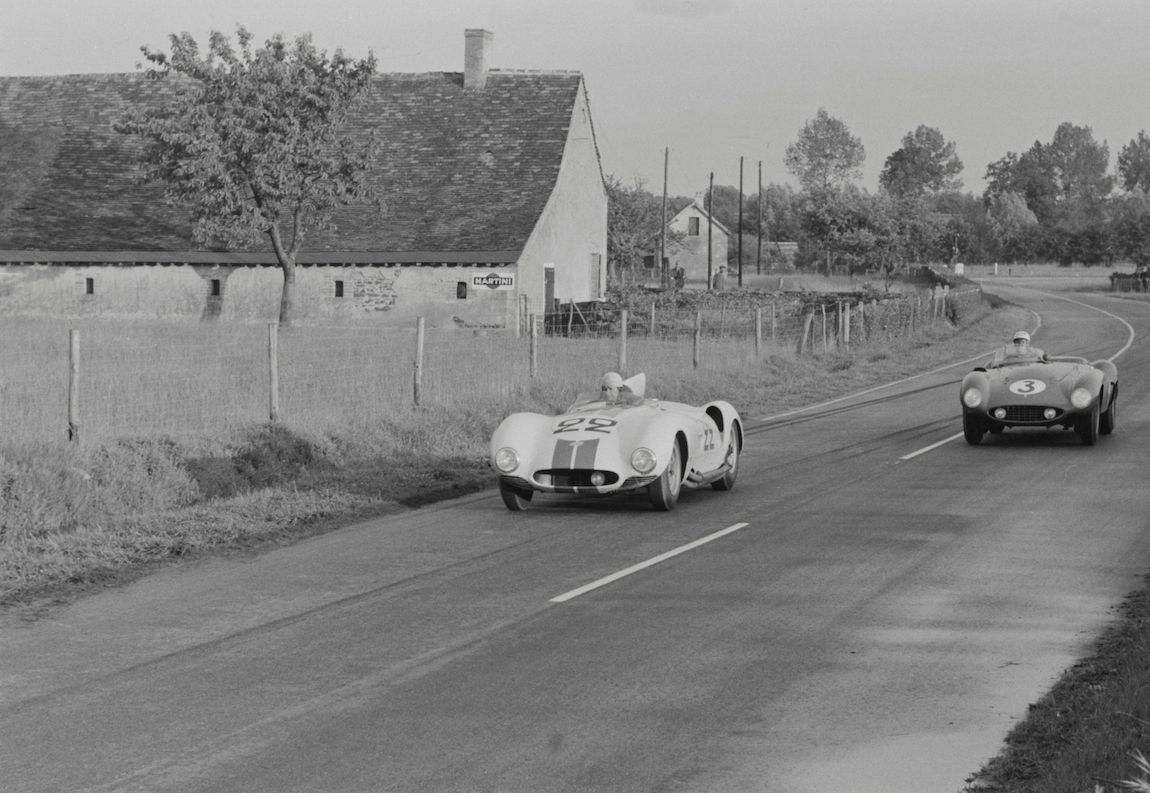
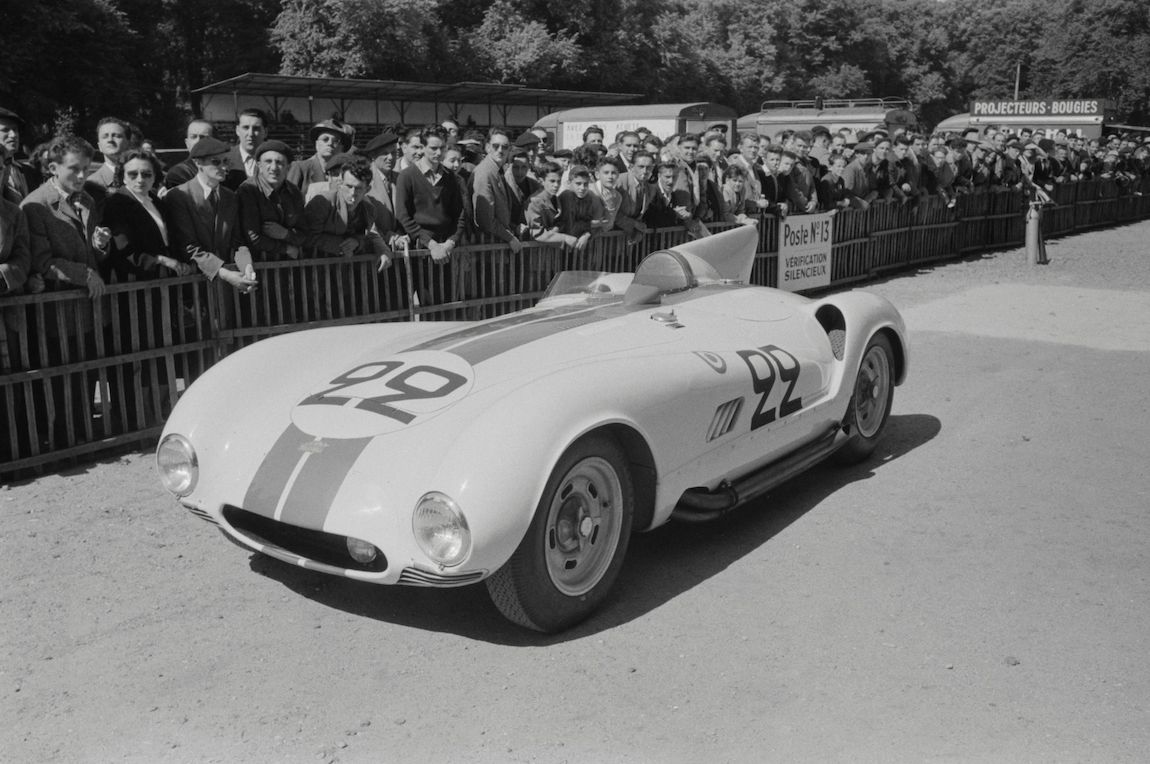
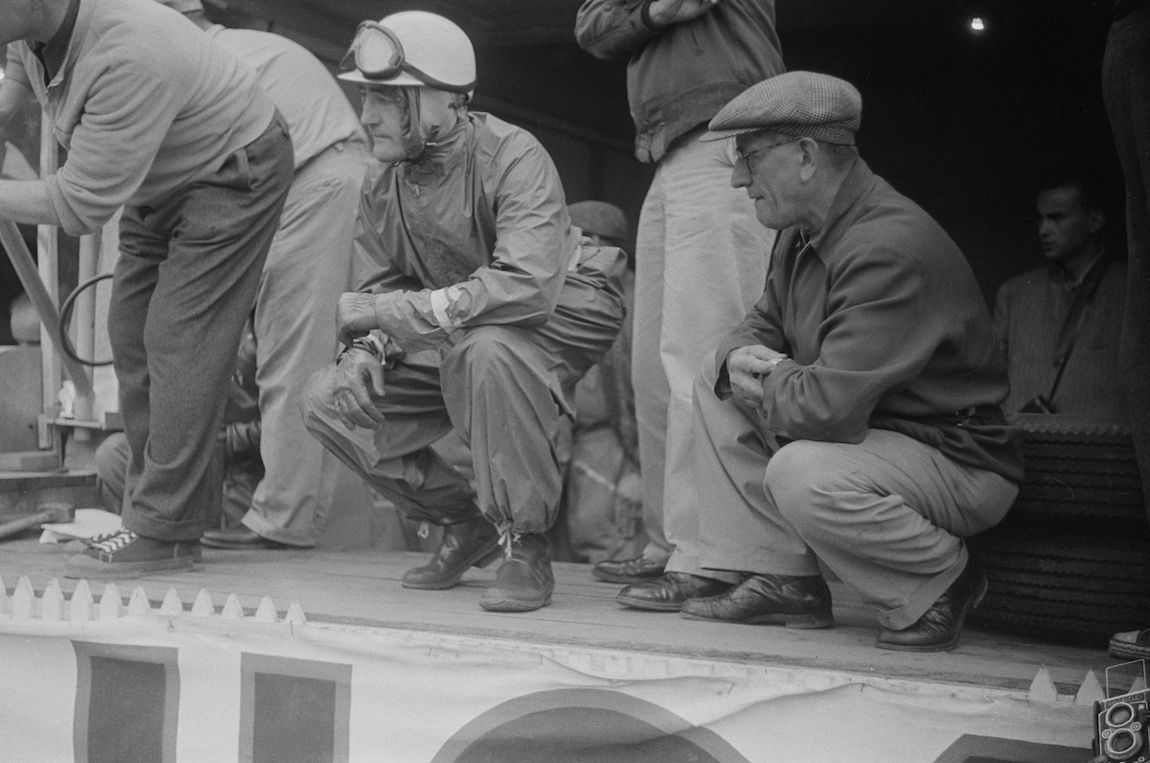

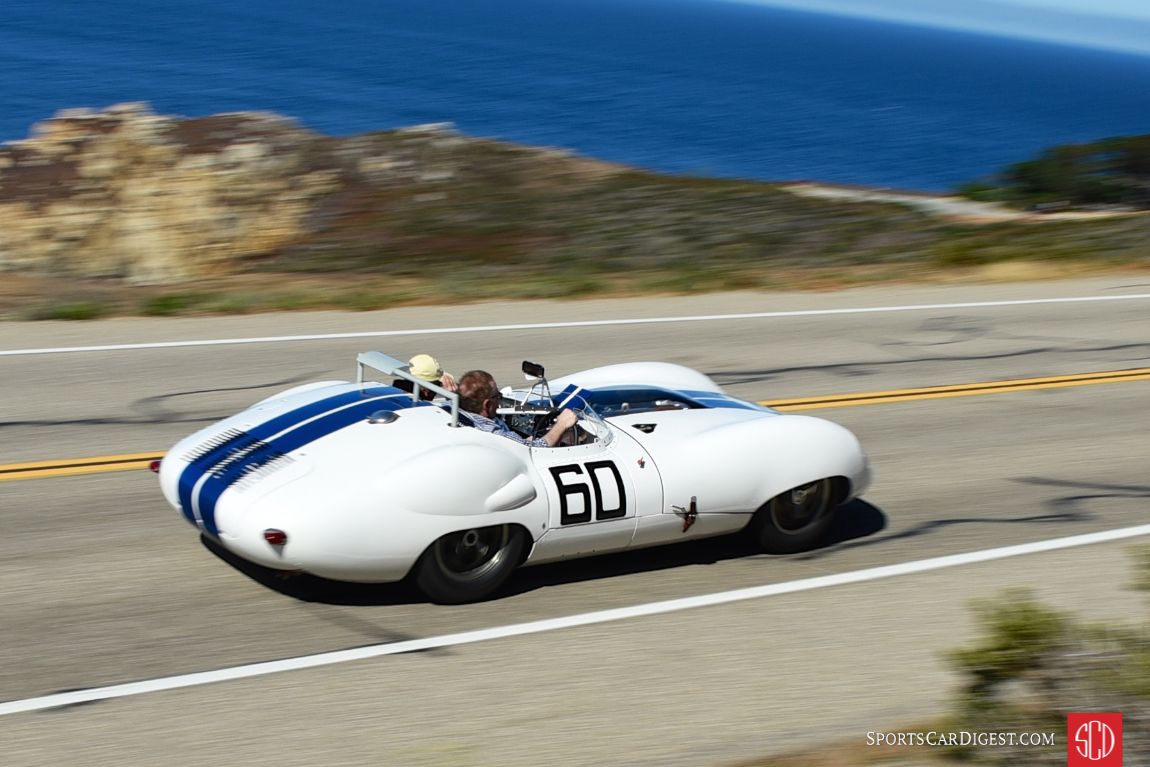
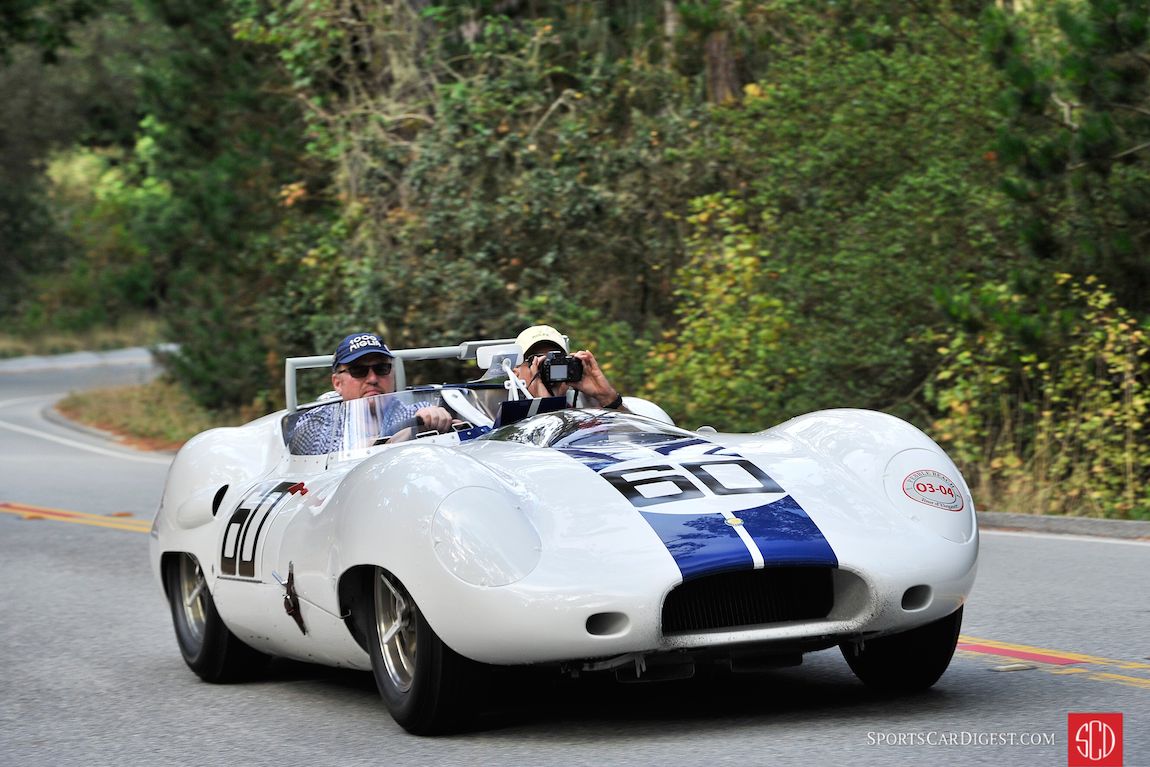
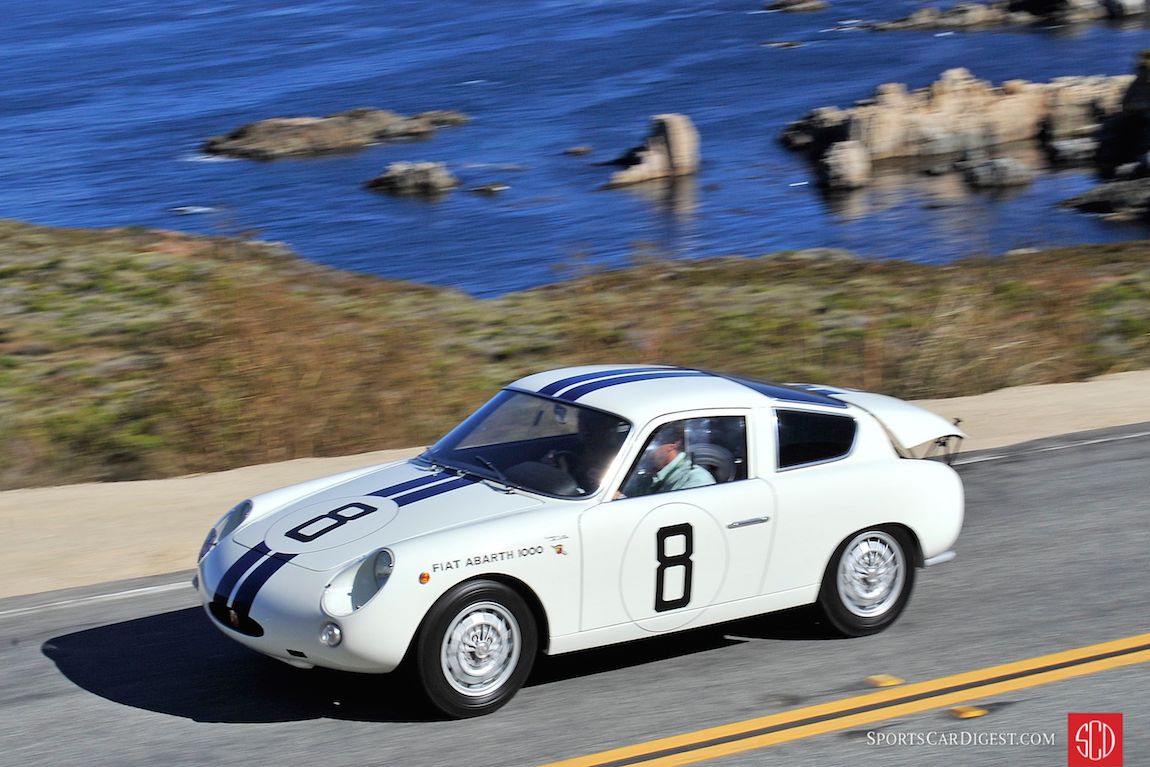
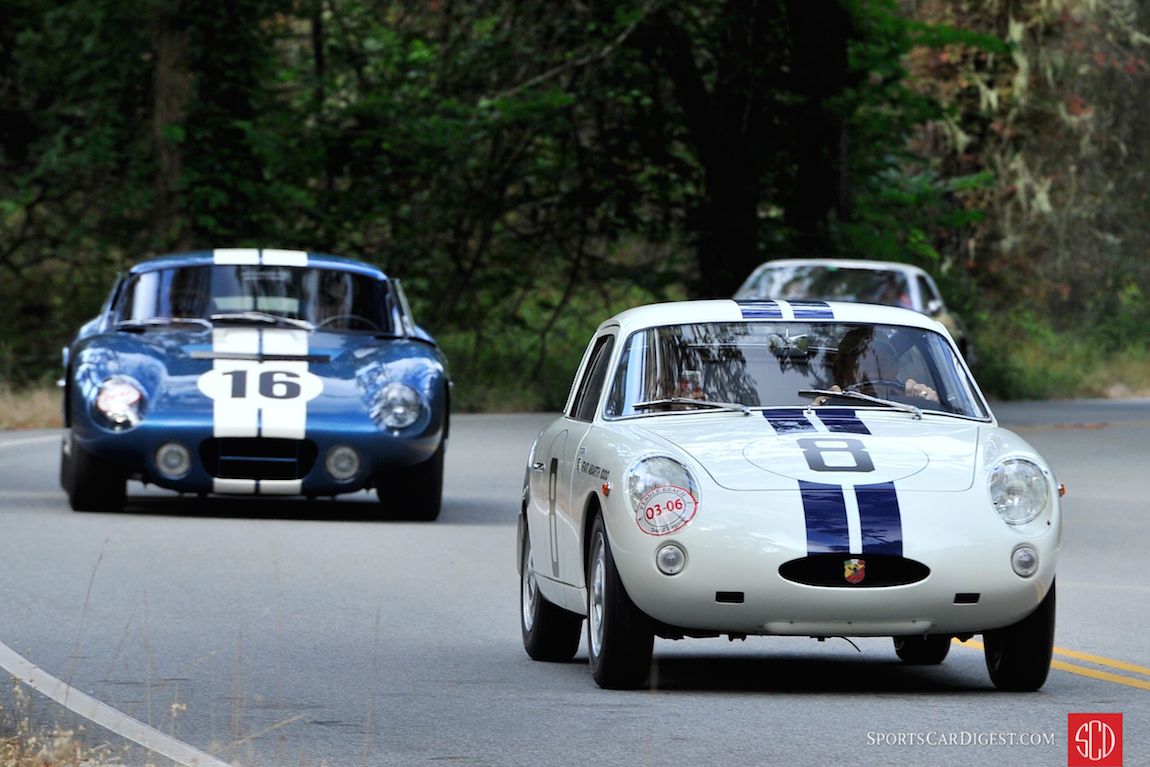
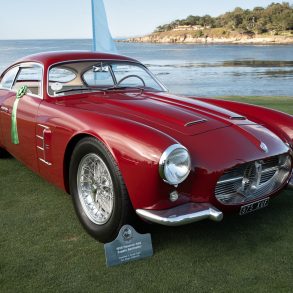
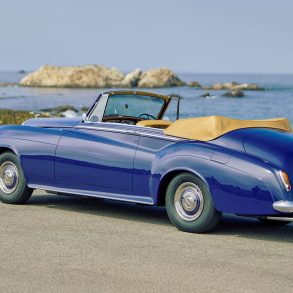
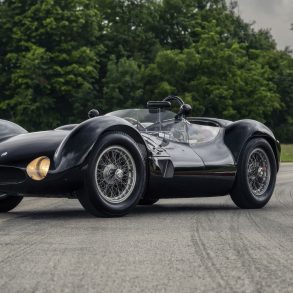

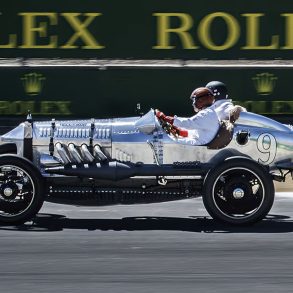


1954 Le Mans 24 Hours – Briggs raced C-4R chassis number 5216 (the car he also raced in both 1952 and 1953) to 3rd place, not chassis number 5217.
The C-3 Cabriolet, chassis number 5441, was the last but one of the Vignale bodied cars. C-3 Coupe Chassis 5442 was the final C-3 to be completed – currently owned by Jim Davies.
My Uncle was a Cunningham team driver, test & back up driver for the team every year that they were @ Le Mans.
He stated that the Type 61 stock Caddy was the most dangerous race car he ever drove!
( Because it still had mufflers installed, you did not get the feeling of the speed )
I still have some original photos.
Len Fanelli
I would really appreciate the opportunity to contact you, Len – and to see the photos you mention. I hope I’ve requested to become your ‘friend’ on Facebook.
LAF48@ aol.com
914 420 8699
The original negatives of Carl Kiekhaefer’s C-3 under construction still exist, and I believe a set of prints from those original negatives are on file at The REVS Institute.
Loved the smiling shark design. Always my favorite Cunningham.
Besides building and racing cars Briggs also championed America’s Cup Yachts.
It looks like the C has acquired a D-Type front end. I speculate that happened while Cunningham was running Jaguars, but would be interested in knowing about the change.
Web Beagle, Considering the C-6R was only raced 6 times, with 3x DNFs; 1x 9th; 1x 10th; 1x 11th places, the car had three distinct bodywork changes and two different engine configurations. Le Mans 1955 it has a narrow nose opening and de-stroked Offenhauser engine. After a Jaguar D-Type engine was installed it had a larger nose opening and ran with and without a fin on the tail. I can understand your comparison with the D-Type nose, but the two were not interchangeable – And the C-6R was far better looking, though not quite as successful as the D-Types!